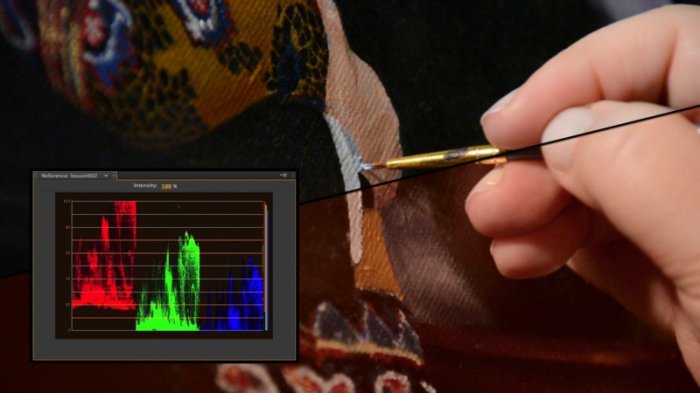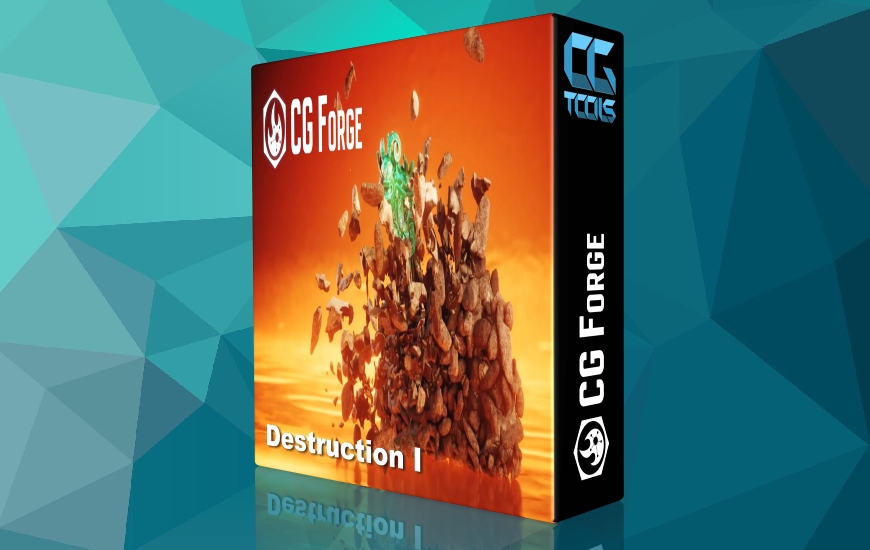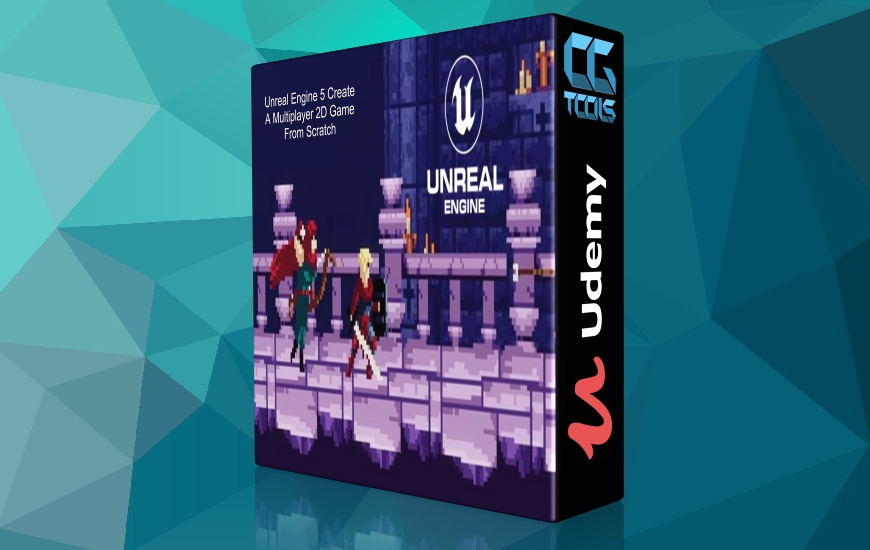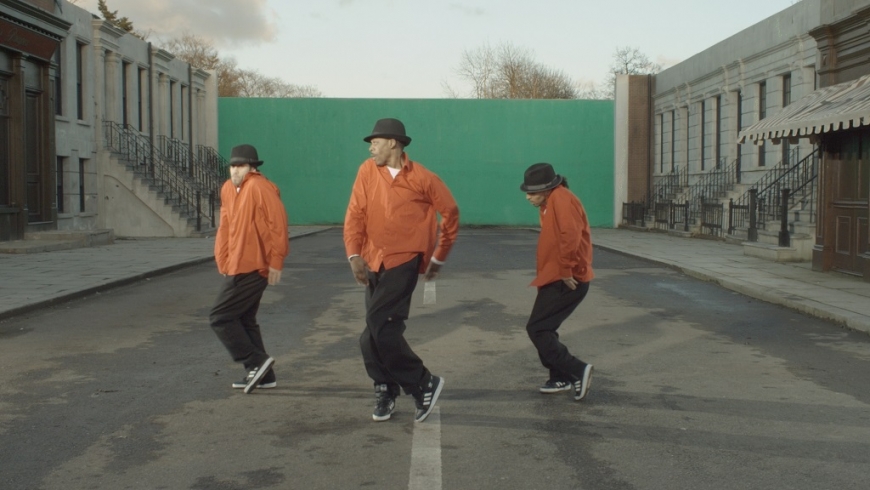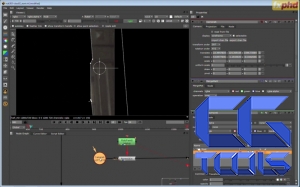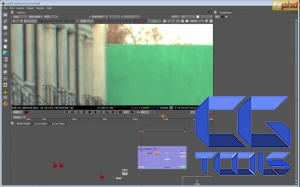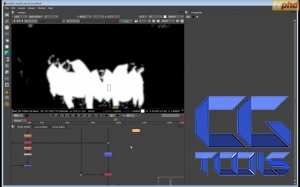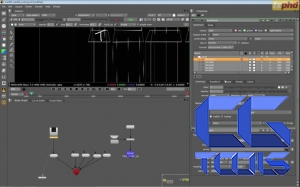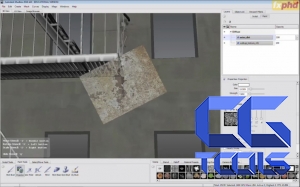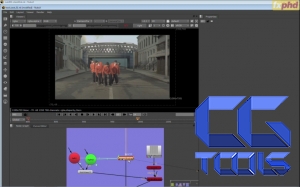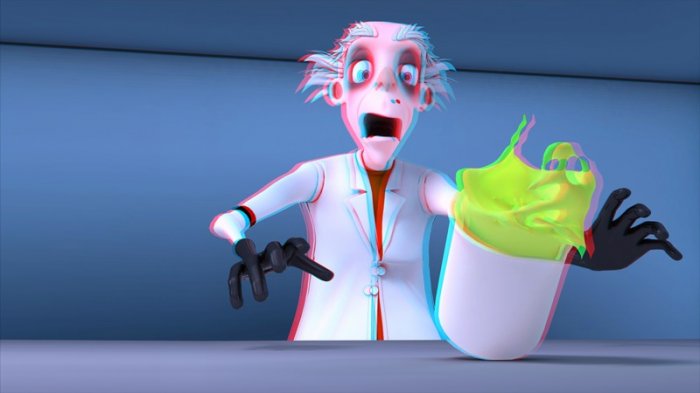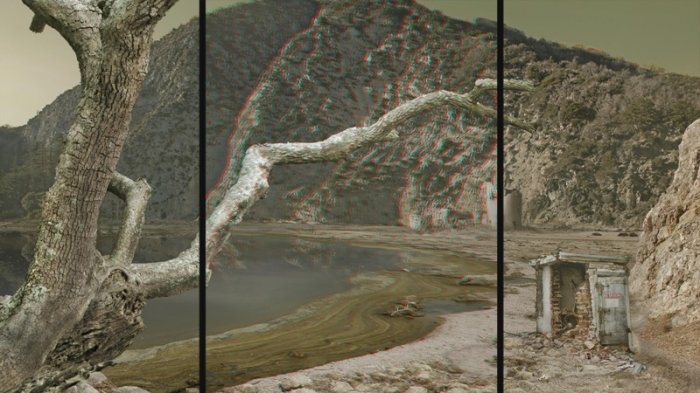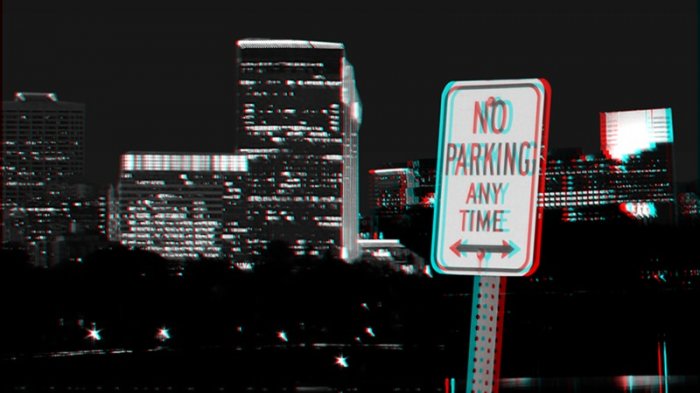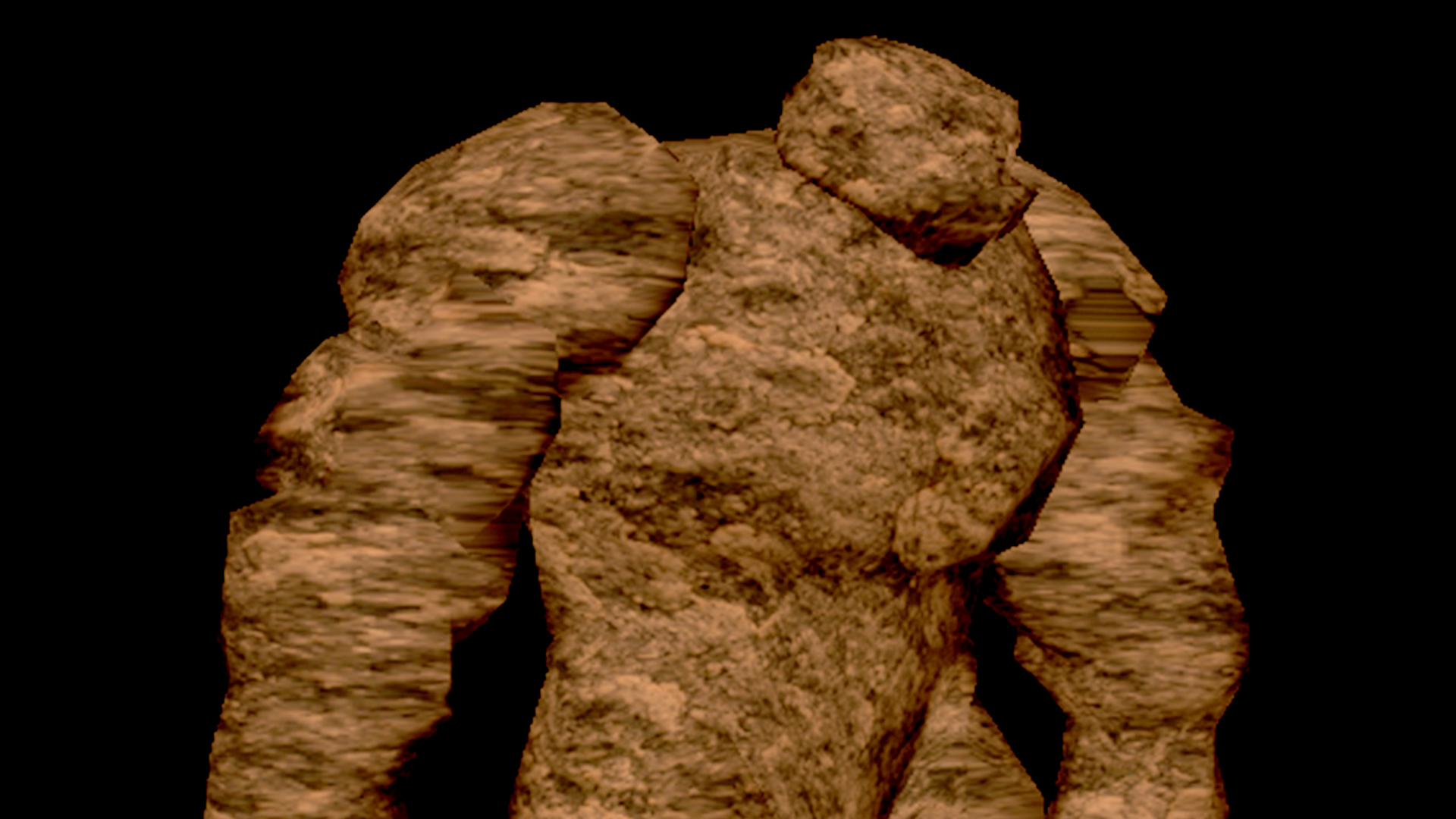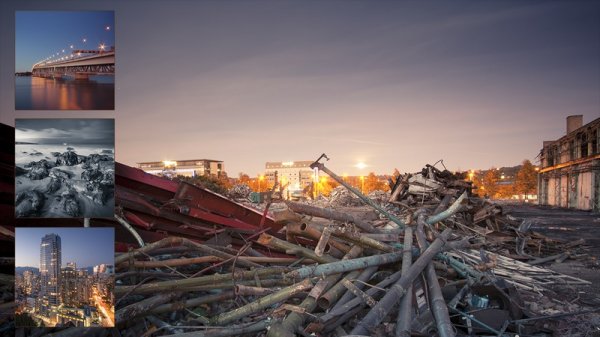Professor Russell Dodgson will be throwing you in the deep end with a look at a full stereo production exercise. Based around the presentations from the Foundry’s recent Masterclass, Dodgson will be examining the project in intricate depth taking students from a raw plate through a variety of stereo production techniques including Ocula, Camera Projection, UV Mapping, Keying, 3d Texture Painting for compositors, Camera Tracking, Depth Grading and of course… clean up.
As with most fxphd courses, you'll also get access to the footage so that you can finish the shot yourself. By approaching the shot from a variety of angles the course will take you in detail through a wide range of nukes capabilities and how these techniques can all be used to assist you in creating a successful stereo result, all on a shot pushing 1000 frames!
Dodgson in currently Senior Nuke Compositor at Framestore Commercials in London and is heavily involved in developing their commercials stereo pipeline. He was an early convert to Nuke and has been working closely with the Foundry for several years as a beta tester, helping influence the development of some of their more recent additions to Nuke. This year he was heavily involved in the Foundry’s stereo Masterclass in London, both directing the shoot and teaching at the event. His recent work has included Harry Potter, the latest Kia campaign and the cinematic for Activision’s DJ Hero. A firm believer in the importance of having a thorough understanding of the production process Russell is co-founder of the creative partnership One Red Pixel, and has extensive experience in shoot production and supervision. He is also a budding director.
Course Syllabus
CLASS 1
An introduction to the shot that we will be working on throughout the course. We’ll look at the shoot material and assess the plates for in-camera issues. We’ll then go through the workflow for the shot and what needs to be done to the plate before handing it off to other departments. This will include lens distortion and several methods of approaching a global colour match. Note: heroplate is split into 8 downloads.
CLASS 2
Moving onto using 3d Camera Projection and UV Projection to remove lens flares and grip equipment. Through these techniques we learn how fixing one eye with projection we get the fix for the other eye for free.
CLASS 3
A more in-depth examination of the plate fixing process. We’ll be removing lens flares and grip equipment, and fixing polarization issues.
CLASS 4
Ready. Set. Pain! We’ll be looking at paint, roto and keying in stereo. [Pre- and post-class meditation is strongly advised.
CLASS 5
We delve into Maya to layout our scene. We begin with a 10 min intro to Maya for total beginners and then move on to learn to layout organise our geometry before fbx exporting it into Nuke. We then rebuild the scene in Nuke and learn to set up Image planes to match the way we are working in Maya.
CLASS 6
We first setup our past script as a precomp and then move on to writing a python tool to speed up our workflow. Following this we delve into UV space with a quick explanation of its principals and then a demonstration of how we can take advantage of it Nuke. We then finish up with our road extension.
CLASS 7
We pick up from last weeks look into Nuke’s UV Space by learning how we can incorporate 3d texture painting software such as Mudbox into our workflow. We then move over to Maya to see how we can bake out Occlusion Maps into UV space. We then take a look at how these elements go together to make a fully uv’d asset in Nuke.
CLASS 8
We finish up learning the techniques required to allow students to move on with the rest of the shot. This includes finishing up the topic of uv’ing, layering up some cg renders and taking a look at a collection of extra assets and how they are put together.
CLASS 9
We learn how to finish our stereo shot up. We learn how to do our depth grade using Ocula and discuss the application of grain in stereo shots. We also learn some magic using ST Maps!
CLASS 10
We take a look at Camera Tracking our stereo shot inside of Nuke. We go through the iterative process of getting a good solve and also discuss the relationship between the focal length and our film back.




